 |
Plant Physiology (Biology 327) - Dr. Stephen G. Saupe; College of St. Benedict/ St. John's University; Biology Department; Collegeville, MN 56321; (320) 363 - 2782; (320) 363 - 3202, fax; ssaupe@csbsju.edu |
 |
Plant Physiology (Biology 327) - Dr. Stephen G. Saupe; College of St. Benedict/ St. John's University; Biology Department; Collegeville, MN 56321; (320) 363 - 2782; (320) 363 - 3202, fax; ssaupe@csbsju.edu |
Quiz: Gas Exchange in Plants
Definitions: Define or describe the following
Short Answer Questions:
Describe two
reasons why the tendency for water to evaporate from a leaf is greater than
the tendency of carbon dioxide to enter.
Recall that the
rate of diffusion of gases is inversely proportional to the square root of
their relative density or molecular weight. Consider the gaseous states of
HCL (FW = 36.5 g mol-1) and ammonia (FW = 17 g mol-1). If a drop of each is placed on a cotton
ball and inserted into opposite ends of a 100 cm long glass tube, where do
you predict the gases will meet (how far from one of the ends)? Hint: calculate the relative rate of
diffusion = rate of faster diffusing gas divided by the rate of the slower
diffusing gas.
van Helmont Question: Consider the classic experiment by van Helmont in which a willow tree was weighed before and after a five-year period. During the experimental period, van Helmont reported that the willow gained 200 pounds. Approximately how much water (in pounds) did the plant absorb from the soil during this period? Convert your answer to gallons and liters. Show your work.
Guard Cell Structure: Identify four features that all guard cells have in common. Identify the function of each.
1.
2.
3.
4.
More Guard Cell Questions: Examine the images of the guard cells below and then: (1) Indicate if the guard cell is from a grass or eudicot; and (2) label stoma, subsidiary cell, guard cell, inner wall
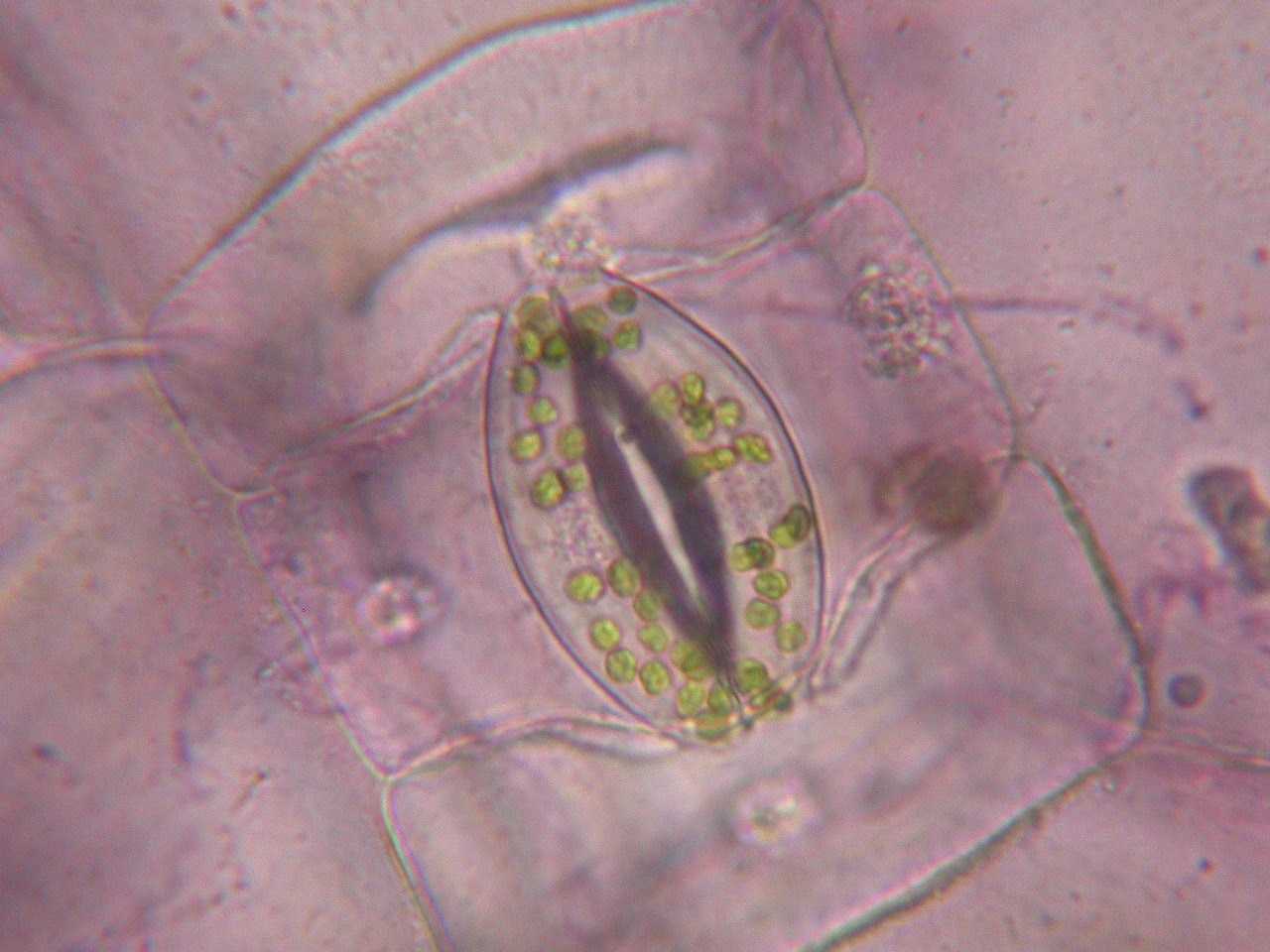 |
Graphing Question: Draw in the predicted lines for each of the following graphs:
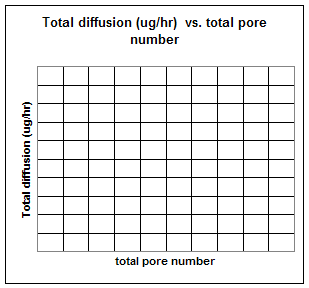 |
|
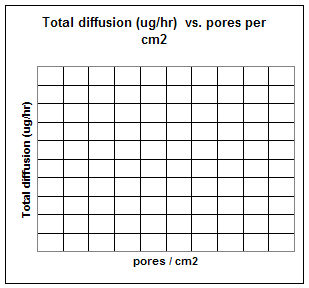 |
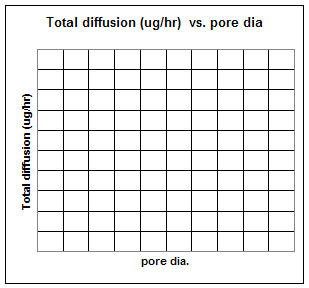 |
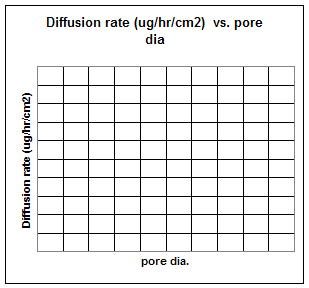 |
Multiple Choice:
1. Which of the
following is NOT an osmotic agent involved in opening/closing stoma:
a. potassium d. starch
b. chloride e. sucrose
c. malate
2. Which of the
following is NOT a role of blue light in guard cell action?
a. stimulates malate synthesis
b. stimulates starch hydrolysis
c. activates a calcium transporter
d. activates a membrane bound proton ATPase
e. required for photosynthetic production of sucrose
3. In the light,
guard cells will most likely be open after treatment with:
a. CCCP
b. fusicoccin
c. DCMU
d. vanadate
4. Zeaxantin is
most similar in chemical structure to:
a. chlorophyll a
b. chlorophyll b
c. beta-carotene
d. ABA
5. The plant
hormone that is an "anti-transpirant" is:
a. abscisic acid
b. gibberellin
c. indole acetic acid
d. ethylene
e. cytokinin
Stomatal Action Question: Arrange the following in the proper sequence from a closed stoma to an open stoma.
| 1. | stoma closed | pressure increases | |
| decrease water potential | turgidity increases | ||
| guard cell turgid | water uptake by osmosis | ||
| K+ uptake | 9. | stoma opens | |
| solute potential decreases |
Fill-in-the-Blank: For each of the following treatments, indicate if it will likely cause the guard cells to open (O) or close (C) the stoma.
| 1. | ABA | 5. | high wind | ||
| 2. | blue light | 6. | darkness | ||
| 3. | high [carbon dioxide] in the leaf | 7. | green light | ||
| 4. | low pH in the cytoplasm |
True or False:
Answer
the following True (T) or False (F)
| 1. | Closed guard cells are turgid | |
| 2. | Closed guard cells have higher concentrations of K+ than open ones | |
| 3. | Guard cells close the stoma at night | |
| 4. | Guard cells close the stoma when CO2 are low | |
| 5. | Guard cells obtain K+ from subsidiary cells | |
| 6. | The main osmotic agent for opening guard cells is sucrose | |
| 7. | The more carbon dioxide that dissolves in water the higher the pH | |
| 8. | As photosynthesis removes carbon dioxide from the cytoplasm, the pH will be expected to decrease |
Action Spectrum: Sketch the action spectrum (aperture width vs. wavelength) for stomatal opening.
| | Top | SGS Home | CSB/SJU Home | Biology Dept | Biol 327 Home | Disclaimer | |
Last updated:
02/24/2009 � Copyright by SG
Saupe